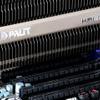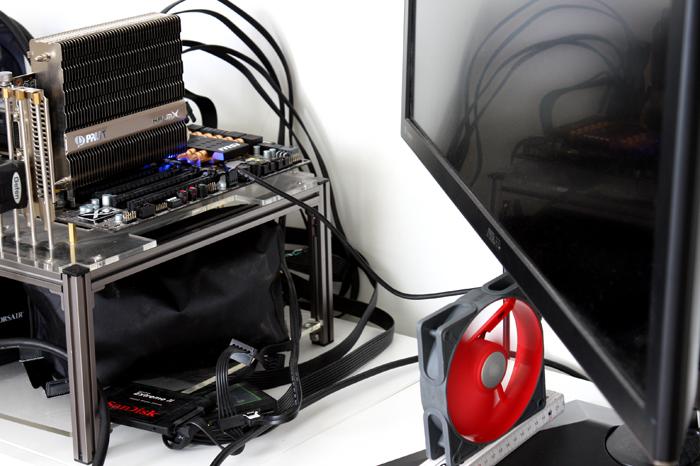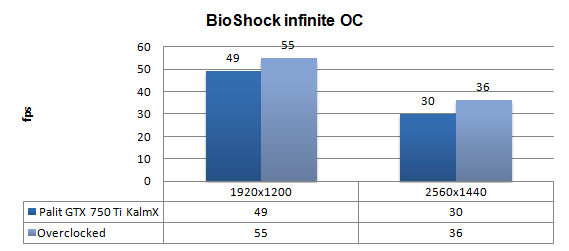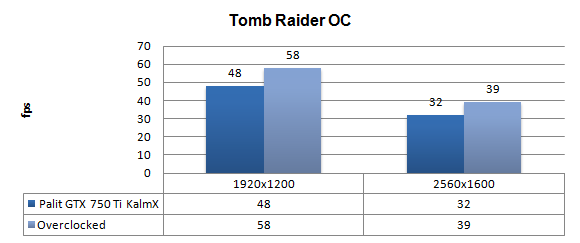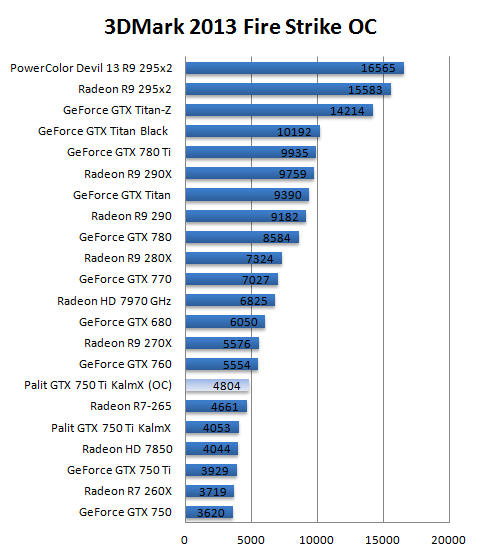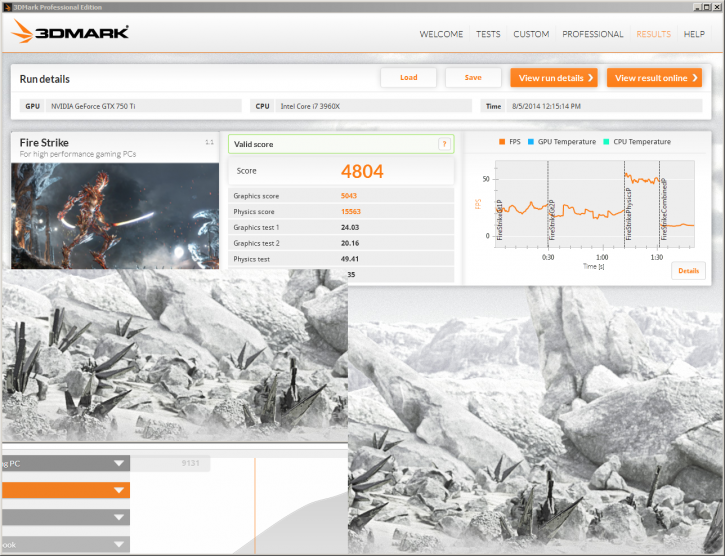Overclocking
Overclocking The Graphics Card
As most of you know, with most video cards you can apply a simple series of tricks to boost the overall performance a little. You can do this at two levels, namely tweaking by enabling registry or BIOS hacks, or very simply to tamper with Image Quality. And then there is overclocking, which will give you the best possible results by far.
What Do We Need?
One of the best tools for overclocking NVIDIA and ATI videocards is our own AfterBurner which will work with 90% of the graphics cards out there. We can really recommend it, download here.
Where Should We Go?
Overclocking: By increasing the frequency of the videocard's memory and GPU, we can make the videocard increase its calculation clock cycles per second. It sounds hard, but it really can be done in less than a few minutes. I always tend to recommend to novice users and beginners, to not increase the frequency any higher than 5% on the core and memory clock. Example: If your card runs at 900 MHz (which is pretty common these days) then I suggest that you don't increase the frequency any higher than 25 to 50 MHz.
More advanced users push the frequency often way higher. Usually when your 3D graphics start to show artifacts such as white dots ("snow"), you should back down 10-15 MHz and leave it at that. Usually when you are overclocking too hard, it'll start to show artifacts, empty polygons or it will even freeze. Carefully find that limit and then back down at least 20 MHz from the moment you notice an artifact. Look carefully and observe well. I really wouldn't know why you need to overclock today's tested card anyway, but we'll still show it.
In short, use something like Afterburner or a tool of your preference.
| Original | This sample | Overclocked |
| Core/Boost Clock: 1020/1085 MHz | Core/Boost Clock: 1020/1085 MHz | Core/Boost Clock: 1245/1388 MHz |
| Memory Clock: 5400 MHz | 5400 MHz | Memory Clock: 6900 MHz |
Now since we did not test in a closed system we did position one fan pushing colder air towards the radiator to create airflow. This resulted, whilst being overclocked, in the temps remaining under 55 Degrees C under load. But that proper airflow is a requirement.
With the physical board power limit you are going to see all cards roughly ending at this overclock and boost frequency. We now have a hint of extra performance on our hands on top of the factory overclock, have a peek at the results when overclocked.
For all overclocked games above we have used the very same image quality settings as shown before. Overall we have been able to get another notch of performance out of this graphics card.
That is roughly 20% extra performance thanks to the overclock. We do admit though, the OC was at its far most maximum. It would probably be safer to use something like 1175 MHz on the core clock frequency.
The card makes use of Samsung GDDR5 memory modules / tied to two 64-bit controllers on a 128-bit memory-bus.
